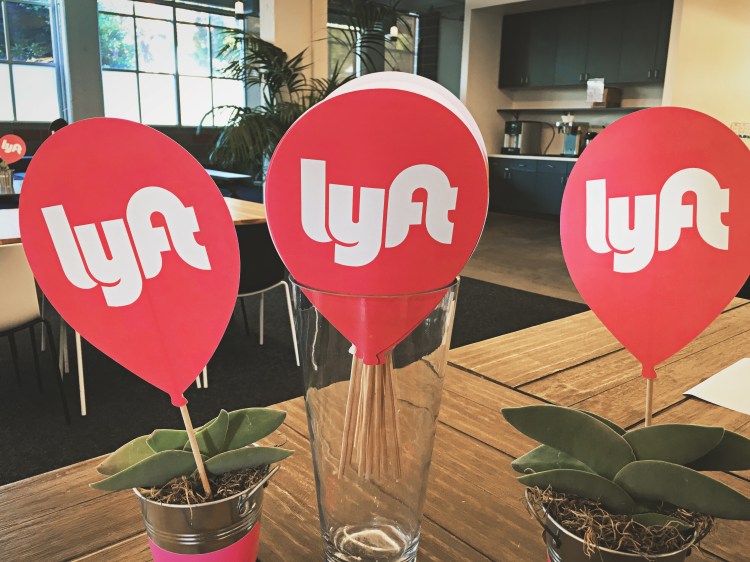Lyft is launching a program designed to give developers more flexibility when it comes to helping their users summon rides. With the dispatch developer program, the company is white-labeling its ride-hailing service and opening up new ways to call a car outside of the Lyft app.
Developers already had the ability to integrate Lyft into third-party apps, but until today it was limited to the rider side. So if you wanted a ride to the airport through the United app, for example, you could make a request. But what if developers wanted to manage the supply side as well?
Lyft claims that the dispatch developer program provides greater flexibility by offering “the ability to request on-demand and scheduled rides without [users needing] a smartphone or Lyft account.” Developers will be able to own the entire experience, including billing, notifications, and more.
Some of the early use cases cited by the company include One Call Care Management and Logisticare, two businesses specializing in health care transportation. Through the dispatch program, they’re able to help their customers get around town a lot easier. Other possibilities include events where concert promoters could offer transportation through the venue concert app, or in the automotive industry where Lyft’s drivers could act as courtesy cars while a vehicle is in the shop.
June 5th: The AI Audit in NYC
Join us next week in NYC to engage with top executive leaders, delving into strategies for auditing AI models to ensure fairness, optimal performance, and ethical compliance across diverse organizations. Secure your attendance for this exclusive invite-only event.
And while this is for apps, there’s the potential for incorporating ride-hailing into other areas, such as connected devices or anything else where providers may want to craft the right customer experience without having to do the legwork of generating supply.
Lyft will bill businesses directly for services rendered, and these costs could be passed along to the customer. In a sense, Lyft is positioning itself as more of a logistics company instead of a simple on-demand transit service, allowing companies the flexibility to take greater advantage of whatever supply it has. This move could incentivize drivers to choose Lyft too, seeing the potential of more rides to be provided through non-traditional means.
As the ride-hailing wars continue, there’s some similarities between what Lyft is doing and its competitor Uber’s developer programs. Both companies have evolved from just using technology to find a ride around town to becoming a platform, a foundation for any app to get people from point A to B. And as Lyft expands into more markets — nearly 100 already in the first quarter of the year — it has to show it’s different from Uber, and targeting up market towards the enterprise and white-labeling its services could be key.
Already Lyft has brought its service to a few places beyond its mobile app, including Facebook Messenger, Google Maps, and Amazon Alexa. But the company likely thinks more creative implementations can happen when developers put in their hands. This development comes as Lyft is reportedly raising $500 million in additional funding to support its aggressive growth efforts, especially as Uber struggles to overcome the past few weeks of negative press.

